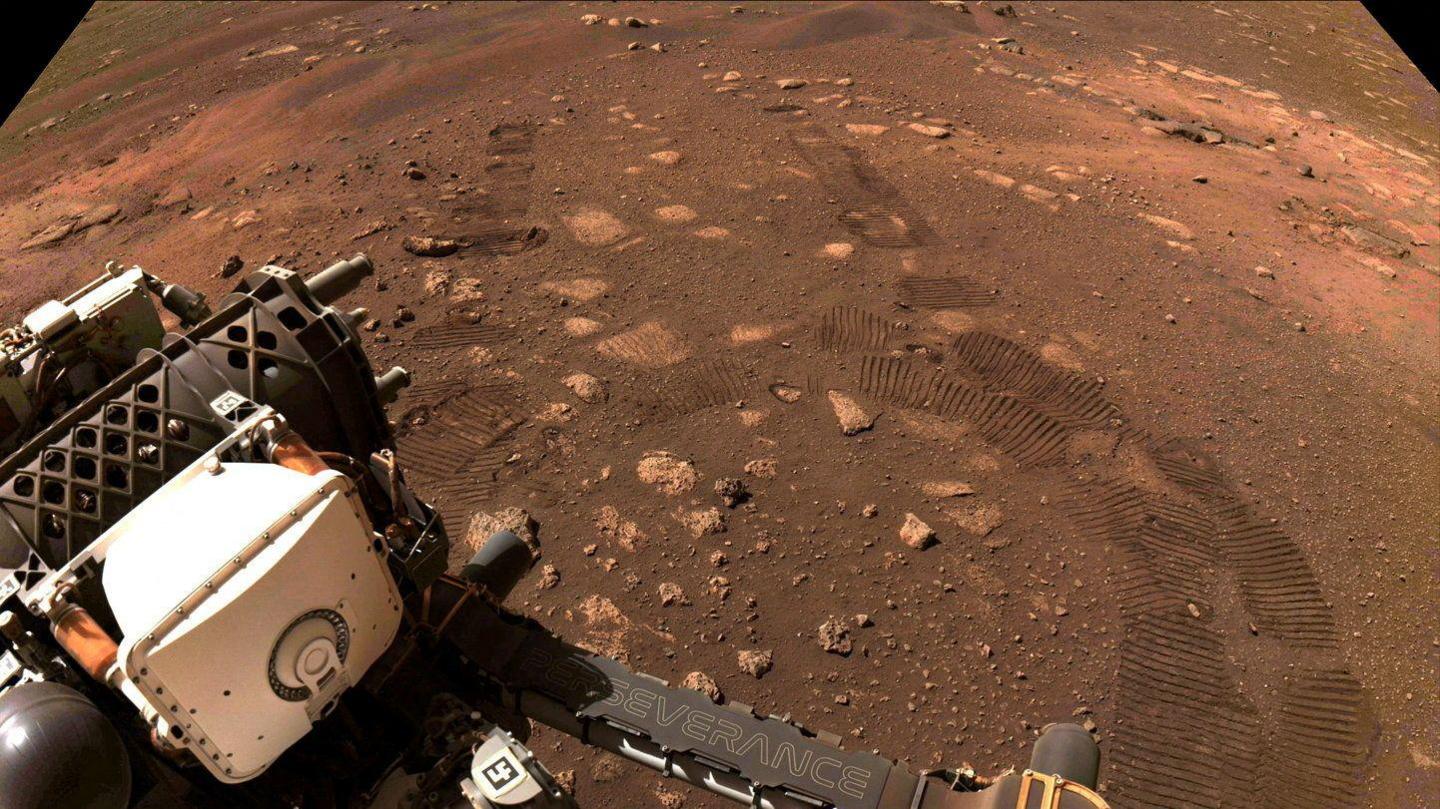Martian sand can be used to build in space, Dublin scientists find

The blocks have a relatively low density but display strength approaching that of granite.
- Published
Sand found on the surface of Mars and the Moon can be converted into solid bricks which could be used to build future settlements in space, Dublin scientists have found.
Researchers at Trinity College Dublin discovered a way of binding regolith - surface rocks, sand and dust - together using low temperatures and minimal energy.
The blocks, built with carbon nanotubes, have a relatively low density but display strength approaching that of granite and could create extra terrestrial structures.
Professor Jonathan Coleman, who leads the research project, said the discovery could help limit the amount of building materials that would need to be transported off Earth to build a Moon base.
Nasa delays crewed return to the Moon's surface
- Published9 January 2024
Scientists design energy source to live on Moon
- Published4 September 2023
Water on the Moon could sustain a lunar base
- Published26 October 2020
Moon base
When structures in space are built they will need to use limited material from earth, as these are heavy to transport.
Creating blocks with regolith and carbon nanotubes will largely minimise the need to transport construction materials to space.
As the construction blocks conduct electricity they can also be used as an internal sensor to monitor the structural health of extra terrestrial buildings.
These structures will be built to keep air in, so being able to detect and monitor early warning signs that the blocks are failing is crucial.
‘Impressive strength’
Professor Coleman said: “Constructing a semi-permanent base on the moon or Mars will require maximal use of materials found in-situ and minimisation of materials and equipment transported from Earth.
"This will mean a heavy reliance on regolith and water, supplemented by small quantities of additives fabricated on Earth.”
Reducing CO2 emissions
The researchers believe the discovery could also have practical implications for the construction industry on Earth.
This is because of a similar nano material called graphene. Large quantities of graphene can be mixed with the cement in concrete, which can increase the strength of the concrete by 40%.
Increasing the strength of concrete reduces the amount needed to build structures.
Concrete is currently the most used man-made substance in the world. Global concrete manufacturing is responsible for about 8% of the world's total CO2 emissions.
Mars crash ends Nasa helicopter Ingenuity's mission
- Published25 January 2024
Mars rover celebrates 1,000 days of science
- Published13 December 2023
Nasa: 'New plan needed to return rocks from Mars'
- Published15 April 2024